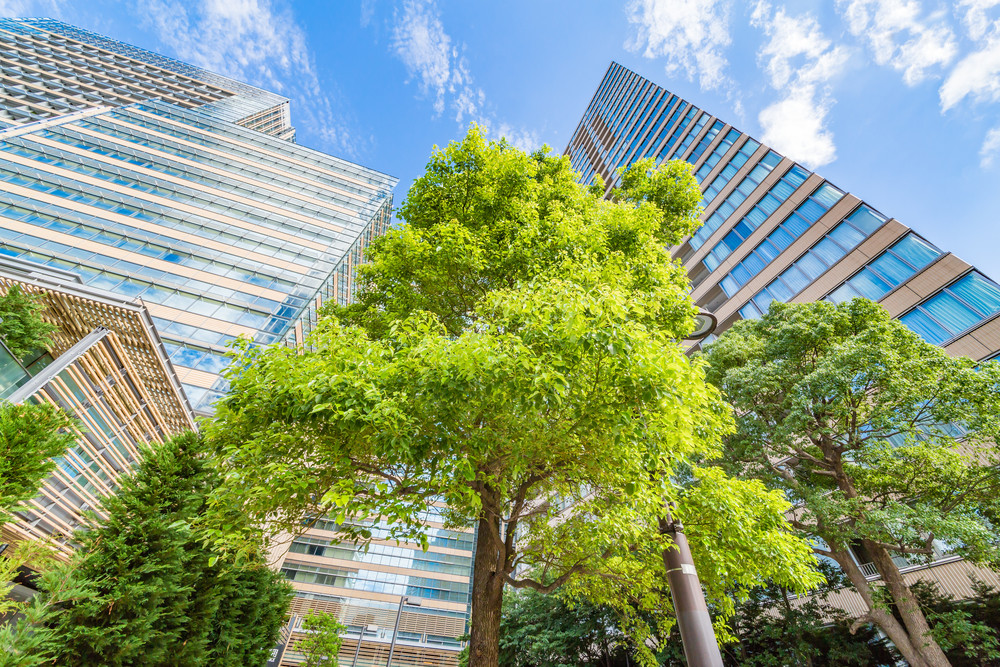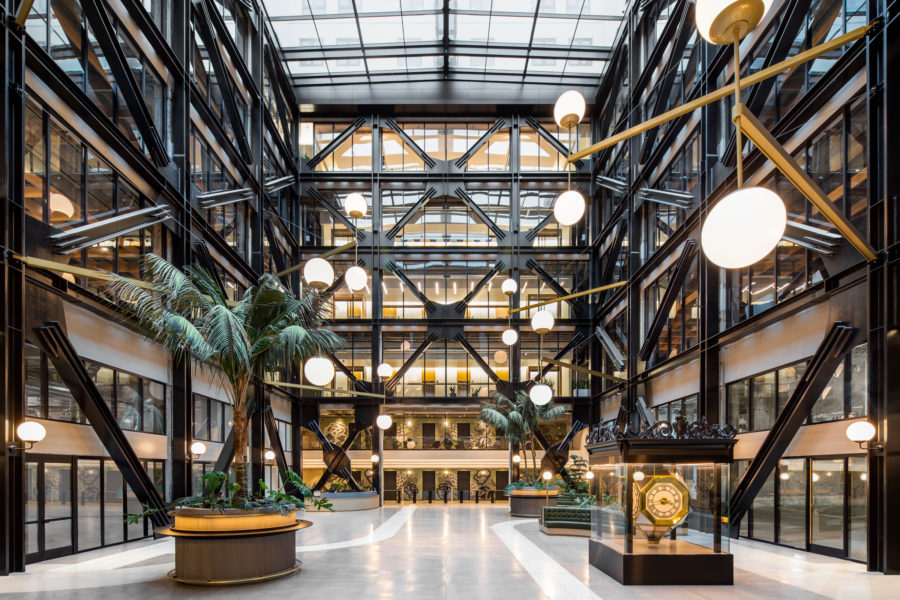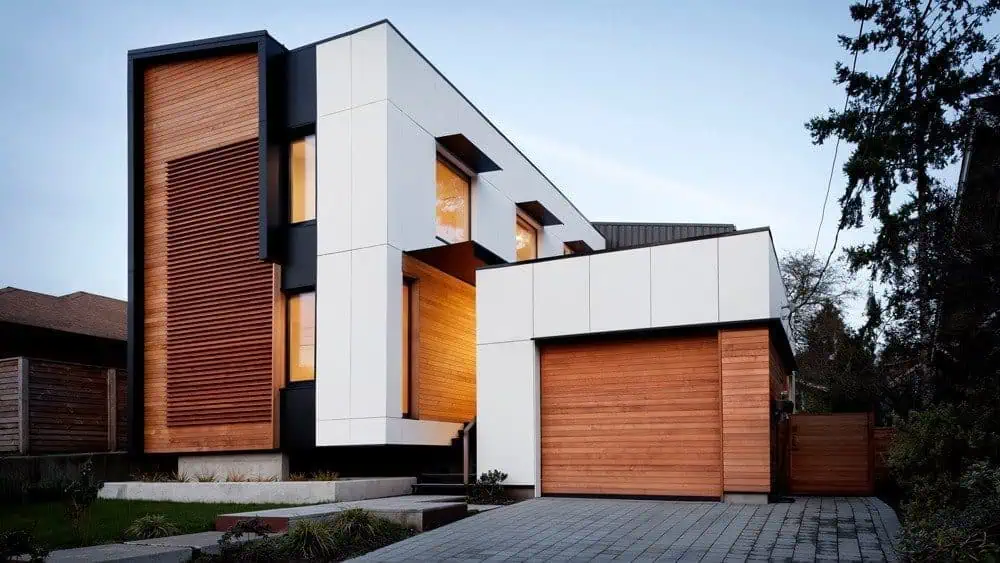Green construction strategies have gained significant traction in recent years, highlighting the need for sustainable building practices that cater to both homeowners and real estate developers. The focus on eco-friendly construction methods aims to minimize environmental impact while maximizing efficiency and comfort.
In this article, we will explore the various green construction techniques that are shaping the future of building design. We will delve into the importance of these strategies, the technologies involved, and how they can be implemented effectively.

The Importance of Green Construction Strategies
The rising awareness of climate change and environmental issues has led to an increased demand for sustainable solutions in construction. By employing green construction strategies, builders can drastically reduce carbon footprints, ensure resource conservation, and promote healthier living environments.
Key Components of Green Construction
- Energy efficiency
- Sustainable materials
- Water conservation
- Indoor air quality
- Waste reduction
Technologies for Green Construction
Advancements in technology have made it easier to incorporate green practices into modern construction. Innovations such as solar panels, energy-efficient HVAC systems, and smart home technologies are paving the way for sustainable living.
Solar Energy and Renewable Resources
Solar energy is a key aspect of green construction, offering a renewable and clean source of power. By integrating solar panels into building designs, homeowners and developers can decrease reliance on fossil fuels and lower energy costs.
Sourcing Sustainable Building Materials
The choice of building materials greatly impacts the eco-friendliness of a construction project. Using sustainable materials like bamboo, recycled steel, and reclaimed wood not only reduces waste but also extends the lifespan of a building.
The Role of Recycled Materials
Recycling materials for construction purposes diminishes the need for raw material extraction, thereby conserving natural resources. Utilizing products such as recycled concrete and plastics elevates the project’s sustainable credentials.
Water Conservation Techniques
Water scarcity is an impending global challenge, making water conservation pivotal in green construction strategies. Techniques such as rainwater harvesting and low-flow plumbing systems can significantly reduce water usage.
Implementing Rainwater Harvesting
Rainwater harvesting systems capture and store rainwater for non-drinking purposes like irrigation and flushing toilets, ensuring efficient water use in buildings.
Improving Indoor Air Quality
Creating a healthy indoor environment is crucial in green construction. It involves using non-toxic building materials, proper ventilation systems, and air purifiers to maintain optimal air quality.
Use of Non-Toxic Materials
Choosing paints, adhesives, and finishes free from harmful chemicals can enhance indoor air quality, promoting well-being and reducing the risk of respiratory issues.
Reducing Construction Waste
Efficient management of construction waste not only alleviates environmental pressure but also cuts down on overall project costs. Practices include recycling debris, reusing materials, and opting for prefabricated components.
Prefabrication and Modular Construction
Using prefabricated elements cuts down wastage as components are manufactured in controlled settings before being assembled on-site.
Future of Green Construction
The future of green construction is promising as more builders adopt sustainable practices. Innovations like smart buildings and net-zero energy homes are leading the charge towards a more sustainable world.
Emphasis on Net-Zero Energy Buildings
Net-zero homes produce as much energy as they consume by leveraging technologies such as solar panels and geothermal heating systems.
Conclusion
Embracing green construction strategies is crucial for mitigating environmental impact while fostering sustainable development. By adopting these innovative practices, we can pave the way for a cleaner, healthier, and more resource-efficient future.
For more insights on sustainable building practices, you can check the Green Building Wikipedia page.

FAQ
1. What are green construction strategies?
Green construction strategies involve sustainable building practices aimed at reducing environmental impact, conserving resources, and improving living conditions.
2. How can I implement green building techniques in my home?
Homeowners can start by using energy-efficient appliances, installing solar panels, and selecting sustainable building materials.
3. What are the benefits of sustainable construction?
Sustainable construction reduces carbon footprints, enhances energy efficiency, and promotes healthier indoor environments.
This article contains affiliate links. We may earn a commission at no extra cost to you.




